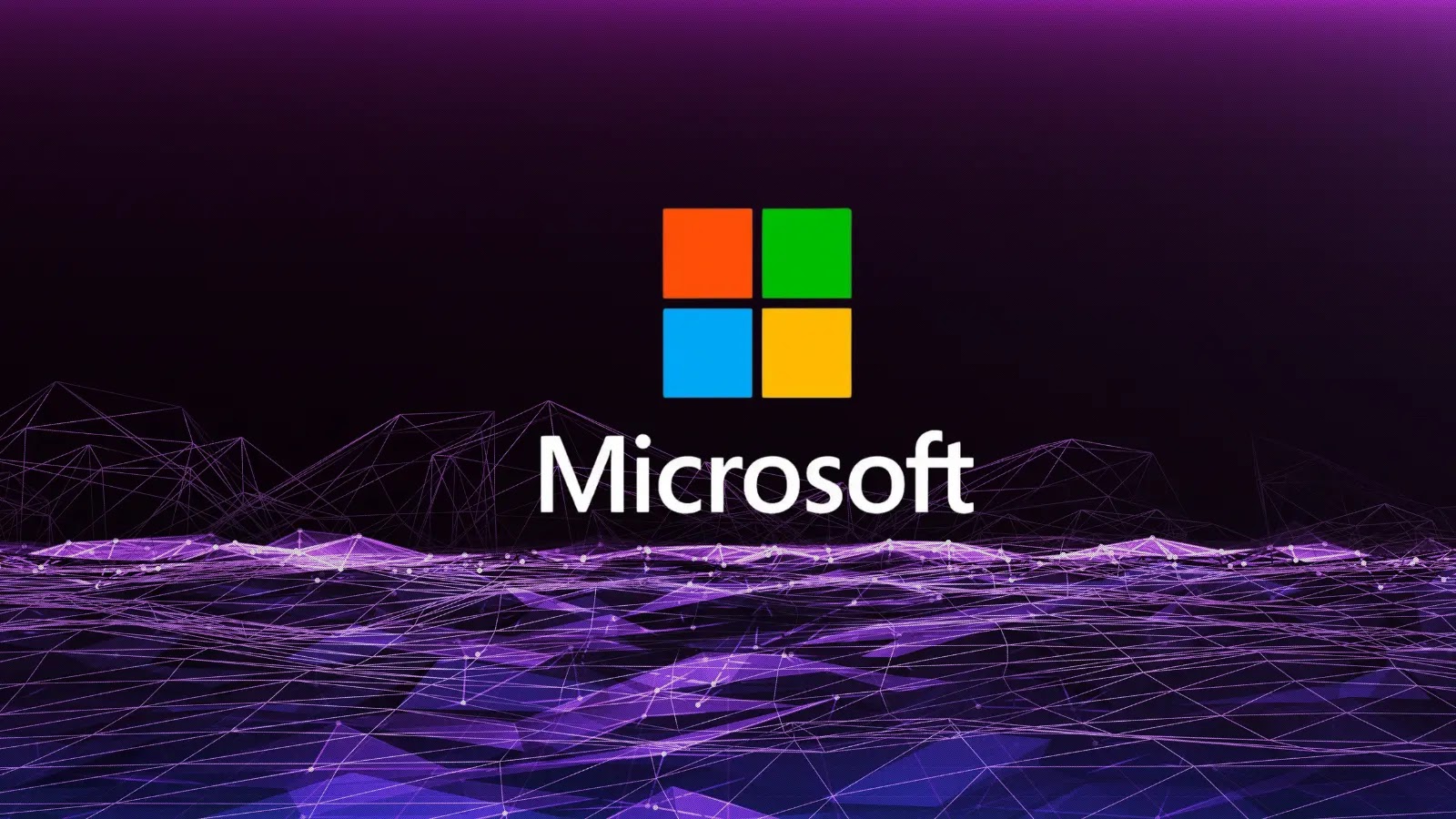
Microsoft to Limit Onmicrosoft Domain Usage for Sending Emails
The digital landscape is constantly evolving, bringing with it new challenges and necessary adaptations. For organizations relying on Microsoft 365, a recent announcement from Redmond marks a significant shift in email policy. This pivotal change directly impacts entities currently utilizing the default onmicrosoft.com domain for their outbound email communications. Understanding these new restrictions is crucial for maintaining seamless business operations and preventing potential communication disruptions. Microsoft’s intention is clear: to curtail spam abuse and, simultaneously, to nudge organizations towards a more professional and secure email infrastructure – namely, custom domains. Let’s delve into the specifics of this new policy and its implications.
Understanding Microsoft’s New Email Sending Restrictions
Microsoft has formally announced a significant update to its email sending policies for organizations that currently use the default onmicrosoft.com domain. This policy, detailed on the Exchange Team Blog, introduces a strict throttling system. Specifically, organizations using this default domain will be limited to sending external emails to a maximum of 100 recipients per organization within a 24-hour period. This isn’t a per-user limit but an organization-wide cap. The primary motivation behind this restriction is to mitigate spam abuse originating from trial or misconfigured tenants, which often leverage the readily available onmicrosoft.com domain for illicit activities.
While the immediate impact might seem minor for small operations, this change is a clear indicator of Microsoft’s long-term strategy to enhance email security and promote best practices. It’s not just about preventing spam; it’s also about encouraging a more robust and brand-consistent digital identity for businesses using their services.
The Rationale Behind the Change: Curbing Spam and Promoting Security
The internet’s biggest nuisance, spam, continues to be a pervasive problem. Microsoft, as a major email service provider, is on the front lines of this battle. By implementing these restrictions on onmicrosoft.com domains, they are directly targeting a common vector for spam campaigns. Many threat actors utilize newly provisioned or compromised Microsoft 365 tenants, which default to an onmicrosoft.com address, to launch large-scale spam or phishing attacks. This low-cost, high-volume method is attractive for malicious actors because of the initial trust associated with Microsoft’s infrastructure. The new 100-recipient limit makes such large-scale operations significantly more difficult and less effective.
Beyond immediate spam prevention, this move also subtly but effectively pushes organizations towards adopting custom domains. A custom domain (e.g., yourcompany.com) offers several security advantages, including better control over DNS records, improved DMARC/SPF/DKIM implementation for email authentication, and a stronger brand identity that is harder for phishers to mimic. While this specific change isn’t directly tied to a CVE, it’s a proactive security measure designed to reduce the overall attack surface and improve the integrity of the email ecosystem. For instance, robust email authentication through DMARC, SPF, and DKIM helps prevent email spoofing, a common tactic in phishing attacks (though not directly a CVE, it’s a critical security control against threat actor impersonation). We continuously observe threats like those outlined in advisories from CISA, where email compromise plays a significant role in successful breaches.
Implications for Organizations Using Default Domains
For any organization currently relying on the default onmicrosoft.com domain for sending external emails, the primary implication is an immediate and severe limitation on outbound communication. Once the 100-recipient threshold is met within a 24-hour period, any subsequent external emails will be throttled or blocked. This could lead to:
- Disrupted Business Operations: Marketing campaigns, customer notifications, billing communications, and general correspondence could be significantly impacted.
- Delayed Communications: Urgent emails might not be delivered in a timely manner, creating frustration for both internal teams and external recipients.
- Loss of Trust: Repeated failed or delayed deliveries can erode recipient trust and damage an organization’s reputation.
- Increased Administrative Overhead: IT teams will likely face a surge in support tickets related to email delivery issues.
Organizations in this position must prioritize migrating to a custom domain to avoid these disruptive consequences.
Remediation Actions: Migrating to a Custom Domain
The most crucial remediation action is to configure and migrate your Microsoft 365 tenant to use a custom domain. This is not just a workaround for the new policy but a fundamental best practice for any professional organization. Here’s a concise guide:
- Acquire a Domain Name: If you don’t already own one, purchase a domain name from a reputable domain registrar (e.g., GoDaddy, Namecheap, Google Domains).
- Add Domain to Microsoft 365:In the Microsoft 365 admin center:
- Navigate to Settings > Domains.
- Click Add domain.
- Enter your new domain name and follow the verification steps (usually involving adding a TXT record to your domain’s DNS).
- Update User Email Addresses:Once the domain is verified:
- Go to Users > Active users.
- Select the users whose primary email address you want to change.
- Click Manage username and email and set the new custom domain as their primary email address.
- Configure DNS Records (SPF, DKIM, DMARC): This is critical for email deliverability and security. Microsoft provides the necessary DNS records you need to add to your domain host. While Microsoft often guides you through this, manual configuration of SPF, DKIM, and DMARC records is crucial for email authentication. A misconfigured SPF record can lead to legitimate emails being marked as spam. For example, ensuring your SPF record correctly lists all authorized sending IPs is paramount.
- Test Email Flow: After configuration, thoroughly test sending and receiving emails from your new custom domain to ensure everything is working correctly.
Key Takeaways for Cybersecurity Professionals and IT Administrators
This policy change by Microsoft serves as a critical reminder of several fundamental principles in cybersecurity and IT administration:
- Proactive Domain Management: Relying on default vendor domains for critical business functions is rarely a strong security or operational strategy. Proactive management and ownership of your digital identity, including custom domains, is essential.
- Email Security Best Practices: Beyond just having a custom domain, rigorously implement and monitor email authentication protocols like SPF (Sender Policy Framework), DKIM (DomainKeys Identified Mail), and DMARC (Domain-based Message Authentication, Reporting, and Conformance). These are your first line of defense against email spoofing and phishing attacks.
- Stay Informed: Regularly review announcements from your key cloud service providers like Microsoft. Policy changes can have significant operational impacts, and staying informed allows for timely adaptation.
- Security by Design: Integrate security considerations from the outset. For a new Microsoft 365 tenant, one of the very first steps should be to add and configure your custom domain, not to operate indefinitely on the
onmicrosoft.comdefault.
Microsoft’s new restrictions on onmicrosoft.com domain usage for email sending underscore the imperative for organizations to adopt custom domains. This move, while aimed at curbing spam, simultaneously enhances the overall security posture and professionalism of businesses utilizing Microsoft 365 services. Proactive migration and adherence to robust email security practices are no longer optional conveniences but essential requirements for uninterrupted and secure digital communication.





